8 Types of Digital Marketing You Need To Know
Digital Marketing offers equal opportunities for the growth of various types of businesses. We can achieve marketing objectives by applying digital media, data, and technology (Chaffey and Ellis-Chadwick, 2019).
Now that we are ushering in the age of technology, digital marketing trends will be significant to the future development of your business.
This article lists the 8 most common types of Digital Marketing and their pros and cons.
Hopefully will serve as a guide to give you a better understanding of the digital marketing you will choose to do for your future business.
1. SEM
SEM or Search Engine Marketing is the process of improving a website’s ranking higher on Search Engine Results Pages (SERP), thus increasing website traffic and customer acquisition.
Companies need to do paid advertising in order to let potential customers search for keywords, at the same time, reach the brand and the products/services offered.
The main methods of Search Engine Marketing include bid ranking, paid advertisement, keyword advertising, Search Engine Optimization, Search Engine Landing, Product Listing Advertising, etc.
Usually, there is no way to do SEM without paying for it. The essential advertising material is the keywords, so optimizing keyword ranking is the primary impact of the entire SEM project placement effect.
You may have seen ads in google search results because it is easy to identify paid search results on Google.
A small “ad” symbol will appear at the beginning of the URL, the search giant will also place these ads in the first search results pages. This is how SEM works.

Pros
-
Immediate results in short-term
Compared to SEO, SEM does not take much time to get a good search engine ranking, and the ranking through SEO natural optimization is not as good as SEM advertising.
SEM just needs to pay and set keywords to optimize website ranking and get traffic quickly.
-
Keywords are not limited
In addition to some search engine official strictly prohibited words, the keywords without any quantitative restrictions, you can set countless keywords in the background to promote and control the number of keywords themselves, which is very convenient.
* More words do not mean that all the keywords will be ranked on the first page, and the more words the more difficult to control the ranking.
-
Keywords do not depend on whether they are popular or not
No matter how difficult it is, or how much competitive pressure the word is, SEM can set the keyword bid to get ranked in the top three or even the first place.
-
Controllable result
In Google Ads backend, you can quickly check the highly detailed campaign reports, how much to spend, how much traffic brought, check the return on investment, etc. Also, use Google Analytics can be based on data to adjust the correction instantly.
Cons
-
High cost of bidding
SEM only works when you pay, once you stop advertising, the ranking will disappear. If the budget is not enough, you can not get any continuous exposure.
The more competitive the keyword, the higher the cost per click. If you are doing it for a long time, it will cost you a high cost for a long time.
-
Poor ranking stability (influenced by rival bids)
Because it is the way of bidding, once the price you give is not as good as others, the ranking will go down.
In addition, many companies will set a budget for SEM bidding accounts, if your budget is spent, then the ranking will immediately no longer be. To solve this, choosing a professional digital marketing agency can help you to get stable and top rankings at a lower cost.
-
Malicious clicks from competitors.
There are so many malicious clicks in bidding rankings that a large part of your advertising money is consumed by unintentional clicks from competitors, advertising agencies, or idle people who do not bring you any revenue and you cannot prevent it.
-
Interruptive
SEM is different from native advertising. SEM is an invasive form of advertising. Customers who are not searching for that type of content may be forced to see SEM ads. As long as the target customers have an ad blocker, they may not able to see your ads.
Pro tips: SEM can also divided into two parts, which are SEO and PPC (paid advertising).
Check out this article about the difference between SEM and SEO if you’re still confuse.
2. SEO
SEO or Search Engine Optimization is one of the most important types of digital marketing for businesses. It is the process of optimizing your website to rank well on search engines in a technical way to increase organic traffic from search engine result pages without spending money.
The main method of SEO is to emphasize certain keywords or phrases in your content that are in line with the popular search trends on Google and Bing, in order to ensure that your web pages or articles are at the top of the search results of search engines like Google and Bing.
Before shoppers make any kind of purchase, 81% of them conduct online research. If you want to attract online users and increase sales, you need to make sure that SEO is a business priority.
For example, if you sell chocolate and want to use SEO to target new customers, the text on your web page should repeat words like “buy chocolate”, “deliver delicious chocolate online”, “homemade chocolate ” and other words like that.
The frequency of these keywords and the quality of the content determines the ranking of your website on search engine results pages. The higher the ranking, the more likely customers will notice your site when searching.
Let’s search for the keyword “chocolate online”. You will see, the top 3 sites all have the word “chocolate” at least 3 times.

Remember, don’t overcomplicate your keywords, and do always maintain the quality of your content.
The ultimate goal of SEM and SEO are the same – to get traffic in Google Search Engine. But their concept is different.

Pros
-
Lower in cost (in the long run)
SEO is almost free. Although SEO may cost time and money, such as the salary of an SEO specialist or service agency. But in the long run, it is still cheaper than paid advertising.
When you create content that ranks and drives traffic to your website, you don’t have to keep spending money to get seen by your target customers. And when those customers decide to click on your link, it won’t require paying a click-through fee like a PPC campaign would.
-
High stability of search traffic
Once you have a ranking on google, the ranking position may not change for years as long as you continue to optimize it using regular website optimization methods and maintain it properly. SEO has no ON and OFF switch. SEO is like owning your traffic, while PPC is like renting it.
-
Great ROI
Leads from organic search are often more accurate and have a higher conversion rate than those generated by paid search, social media, and print ads. This is because most of them come from a search demand.
-
Increase brand authority
People get organic search results in different ways and with different combinations of keywords. If your website appears in the search results for various combinations of keywords, it helps build credibility and brand authority among your target customer and also attracts backlinks from other credible websites.
-
Provides insight into the mindset of your customers
Analytics tools such as Google Analytics are an essential aspect of SEO. Analytics can decipher your customer’s search trends, page preferences, search mediums, and even their location. Gain insight into what your customers are thinking so you can optimize your website for them.
Cons
-
Take time to show results
There is no quick fix to ranking through website optimization. If your website or domain name is new, you may not able to gain immediate SEO results, and SEO specialists need the expertise to create and update your website with quality content over time.
-
Limited number of keywords
Website optimization of a page is recommended to do only one keyword, maximum not more than 3-4, unlike the bidding ranking can have unlimited keywords.
-
The ranking position is lower than the bidding ranking
In general, the same keywords, SEO ranking is shown below the paid advertising.
The following image for you to have a good understanding.

Source: Ahrefs
-
Search engine ranking rules are not set in stone
Search engines have their own different rules for ranking, it is possible that one day a search engine may change the ranking rules, and then there may be a change in the original ranking position, this is a very normal phenomenon.
3. Pay Per Click
PPC or Pay-Per-Click is a form of SEM. This digital marketing strategy allows businesses to pay only when customers interact with their ads, which guarantees highly targeted visits.
Each time a user clicks on your ad, a fee is sent to your PPC account; conversely, if a user sees your ad while searching but does not click, the fee is not incurred.
The engine populates the search engine results page with positions as they become available, which is basically an even auction.
 Source: Ahrefs
Source: Ahrefs
The algorithm prioritizes each available ad based on a number of factors, including ad quality, keyword relevance, landing page quality, and the bid amount. You can also place PPC ads on multiple platforms, such as Google Ads, Facebook Ads, Twitter Ads, LinkedIn Sponsored Messages, etc.
PPC is the same as SEO marketing in that it works for your business 24 hours a day, 7 days a week. If you use PPC ads, then the landing page must be attractive enough and relevant for customers to convert clicks into leads. To maximize your return on investment, make sure your ads and keywords are targeted and specific.
Pros
-
Immediate results
SEO strategies may take some time even months to generate organic traffic, but a PPC campaign only takes a few hours!
-
Allows accurate targeting of audience
When building a PPC campaign, you can choose who you want to target with that ad. Want to place your ad on people in a specific country? Or people of a certain age group? Interests, profession, or gender? PPC can do it for you.
-
Run A/B tests on PPC ads
You can measure which ad converts better by running 2 different ads at the same time. All you have to do is change some ad elements, such as ad copy, and let them run for a period. Based on the performance, you can decide whether you want to turn off Google Ads or continue optimizing to improve the placement.
-
PPC ads appear above organic rankings
When you run PPC ads for your targeted keywords, your website will appear at the top of the first page of search engine results pages. This allows potential customers to notice you at first before scrolling down to see other results.
Cons
-
Pay for every click
Well, PPC is all about paying. You pay for every click you get. Therefore, the more you spend, the more you earn, as long as you are making money from it. Not only that, there has risks, such as some clicks may be unintentional and you still need to pay for it.
-
Need to keep investing
When you lack cost and turn off your ads, your traffic on search engines will stop at the same time. Therefore, it is also crucial to balance other digital marketing strategies. Mixing PPC and SEO might be a good way to go.
-
Lower ROI
While PPC may bring short-term wins, its ROI is calculated in the short term by subtracting the amount you spend on PPC ads from the revenue of the products sold. In the long term, ROI will not grow as much as SEO.
-
Growth is related to the budget
If you want to sell more items, then you must pay more. But consider that growth usually involves other costs, such as quality servers, professional staff, etc. Therefore, working with a cost-effective Digital Marketing Agency is also a good choice.
4. Social Media Marketing
Social Media Marketing also refers to SMM. With billions of people spending time engaging with social media platforms, focusing on SMM may be worth it (Appel et al., 2019).
The most popular digital platforms for SMM are Facebook, Twitter, Instagram, LinkedIn, and Youtube, followed by XiaoHongShu, Pinterest, TikTok, and Snapchat. The main methods include placing social media ads, posting various types of content, replying to comments, story updates, etc.

In order to drive traffic, attract leads and convert them into customers, you need to incorporate social elements into all aspects of your marketing efforts, not just having active social media accounts.
Social Media Marketing means driving brand awareness and visibility by engaging people in online discussions. You can use SMM to highlight your brand, products, services, culture, etc., and even leverage social hotspots, social connections for the act of marketing and promotion.
Pros
-
Engaging with real audience
According to research, 64% of customers desired that brands could listen to them
When customers make comments on your content, companies can learn faster what customers really think and suggest about products or services.
Hence, you can improve products and solve problems, reducing customer complaints and providing a good communication experience to customers. Also comprehend their preferences, thus further improving overall customer satisfaction.
-
Build brand authority
When your company posts official responses on social media, it makes customers feel more credible. Communication allows for increased customer satisfaction and brand loyalty, which gives your business more authority.
Regular interaction with customers demonstrates that your business cares about their satisfaction and can answer any questions they may have. This goes a long way to show your value and brand authority, as well as build mutual trust with them.
-
Learn from your competitors
Keeping track of your competitors should be a key part of your social media marketing strategy. You can try things that work for your competitors, or take inspiration from them.
-
Achieve WOM strategy
People usually express their good or bad opinions through social media. When satisfied customers actively spread the word about your product/service on social media, it means that word-of-mouth marketing is already underway. 91% of B2B buyers admit that their purchase decision was influenced by WOM. Good communications reviews will have a positive impact on your business.
Cons
-
Harsh to compete
93% of businesses worldwide are using social media and they are actively working to bring more exposure to their businesses. You may want to consider creating a social media account for yourself or your business if you haven’t started yet.
-
Negative feedback from public
It is possible to get positive feedback publicly and also run the risk of reaping negative feedback.
When a customer posts negative content about you, such as posting a negative comment below your post, it deters or discourages potential customers from connecting with the brand.
Perhaps you say that you can delete the post or the comments. But there is no way to avoid an incident where a customer criticizes you directly and publicly in their own account.
-
Lack of interesting content
Although there is no cost to post content on most social media platforms. However, there are many businesses that are drowning because they don’t have the means to consistently produce interactive, interesting, and creative content. Creating content takes a lot of time, money, and professional manpower. Therefore, posting content on social media regularly can be a real challenge.
-
No immediate results
Especially for new businesses/users, you may need to be active on social media for a long time before you may see some return. For those of you who haven’t seen a return yet, I suggest you make sure you stick with it and keep updating your account with content!
5. Content Marketing
Content Marketing is the creation and sharing of valuable content assets to communicate and deliver effective brand messages to potential customers. The goal is to satisfy a certain need of the target customers and increase their stickiness and activity.
To attract the initiative of specific customers, the content can be in the form of images, text, videos, animations, logos, blogs, etc.
The use of visuals and text to introduce a product is a prerequisite for good content, and it is also important that the content resonates with customers.
The core points are “resonant content”, “valuable content”, and “content that inspires users to share”. Make your content self-attractive, so that customers come to you, rather than using pure media exposure.
Content quality is also a key component of page optimization! Content marketing writers need to create content that will rank high in search engine results while engaging people to read, share and further interact with the brand. When content is relevant, it builds strong relationships across the pipeline.
Pros
-
Grow user traffic
Quality content increases the length of time users stay and even the amount of traffic user visit. Once you start having engaging content for them, there is a high probability that they will go and check out more content from you. This way, they can also see more of your products/services and eventually turns into customers.
-
Achieve viral marketing
Once you create famous content, there will be more than one person discussing it, and even your rivals will copy your content. As long as your content is good enough, customers are the organic traffic to help you promote your product/service. For example, Avatar, the Top 1 movie at the worldwide box office, its brilliant storyline and creativity that give it the status it has today.
-
Reaching audiences those avoid ad
Nowadays, many customers are able to distinguish between ads. Data shows that 42.7% of users use ad blockers. Then non-traditional advertising content would be a great way to reach this potential customer that resists ads.
-
Support other marketing strategies
All channels of digital marketing are content-dependent, and without business-specific content, you won’t be able to do SEO, SMM, SEM, and other marketing tactics well.
Cons
-
Quality content creation is difficult
Creating engaging and valuable content requires the most time and manpower. Your content creators need a lot of creativity and diverse skills.
-
It’s not free
For video content creation it may be necessary to purchase equipment, software, etc., which may result in increased costs. If you want to get your content seen by more people in the competitive digital world, you may decide to pay for advertising for your content. Therefore, it is recommended that you start by creating a Blog.
-
It is comparable to investment and takes time
There will definitely be trial and error before you find out what content is effective for your customers. Therefore, it takes time to figure out and research your target customer’s needs, preferences, etc.
6. Mobile Marketing
Mobile Marketing focuses on using personal mobile devices as a communication medium to deliver cohesive marketing messages to customers with precision and achieve multiple modes of interaction; in the process, it also allows for effective branding.
Mobile Marketing methods include SMS, Mobile App, Mobile Search, Website Search, etc. Nowadays, people can interact with businesses wherever they have an internet connection. They bring their mobile devices while eating, walking, sleeping, and even in the bathroom.
As of 2022, there are 6.6 billion smartphone users worldwide.
 Source: Bankmycell
Source: Bankmycell
Because of the COVID-19 pandemic, the number of mobile users has grown considerably.
Don’t miss out on this digital marketing approach! Make good use of mobile marketing to provide personalized messages to your potential audience. It’s also perfect for letting them know about your products or services whenever they need them.
Pros
-
Easy to connect with offline physical stores
Mobile devices are portable, so it is easier for companies to integrate their online stores with their offline brick-and-mortar operations. KFC allows customers to collect e-coupons on their mobile apps and take them directly to the store.

-
Precise location services
The combination of the portability of smartphones, coupled with the positioning capabilities, gives the mobile Internet a distinctive location-based service. It allows customers to aggregate information based on geographic location and has higher commercial value.
For example, mobile terminals can collect and analyze data for customers anytime and anywhere, allowing customers to better interact with people around them, i.e. organize group purchases based on location.
-
Convenient access
Even if there is nothing to do, you will pick up the phone every few minutes to look at it, isn’t it? Data shows that the average user clicks and swipes their phone 2,617 times a day. Mobile Marketing allows customers to easily access your ads/web pages and even interact with them.
-
Immediately visible to users
When you send a marketing message, the user’s mobile device will receive it immediately. Even if the user doesn’t have their phone on, they will see the message the moment they turn it on. Whether or not they will start interacting with you as soon as they see the message depends on how compelling your message is.
Cons
-
Different mobile systems show different views
The two most common mobile operating systems, IOS and Android, are known to have different mobile screens. So you need to consider many different devices and operating systems. Without experience, you may not be able to complete the plan well.
-
Ignored by customers
Mobile devices have a fast-paced nature and customers may swipe through your ads quickly while browsing. Mobile users who are already used to seeing ads are even less likely to respond to them. In addition, there are many people who use ad blockers too.
-
Chances of bad user experience
Hard and rough ads tend to reduce the user experience. Not only that, facing the complex operation of the APP, customers need to spend time exploring how to use it, which causes customers to flee and resent it.
7. Influencer Marketing
Influencer Marketing is the collaboration between brands and influencers to achieve marketing purposes. This involves using the popularity of influencers to help promote products, services, and even brand images.
The premise of an influencer is to have stable followers and fans. Influencers can be people with knowledge in a specialized field, individuals who can use their characteristics to directly influence customers’ purchase decisions, celebrities, experts, and so on. In many cases, these influencers will vouch for your product or service to their followers on several social media channels.
Common collaboration approaches include PR giveaways, sponsorship, content exposure partnerships, influencers co-branding, and so on.
The following shows Amazon’s paid partnership with an influencer on Instagram.

Source: Instagram
Influencers promote in various forms on their personal social media channels, and the brand pays for the advertising costs to the influencer. Advertising costs usually depend on the type of influencer, number of followers, etc.
Influencer Marketing is suitable for B2B and B2C companies looking to reach new audiences. However, it is important to work with a reputable influencer because they essentially represent your brand. Working with the wrong influencers can damage customers’ trust in your business.
Pros
-
Improve brand SEO
When you appear in influencer content, there will be a huge wave of traffic visiting your brand, even if they haven’t decided to buy. Once they start finding you in search engines, your search rankings can be improved.
-
Increase your potential audience
Even if you choose to work with Nano-Influencers, you can rely on influencers to reach roughly 1,000-10,000 followers of that influencer, which will greatly increase your potential customer. Today, many customers rely on influencers for their purchasing decisions; younger generation’s customers trust influencers more than celebrities.
-
Good result in promotion
Some influencers with strong content originality will showcase products in a detailed way that will inspire their fan base to buy. Each influencer has their own unique characteristics; their natural, gracious, or creative presentation can give customers a sense of authenticity.
Choosing the right influencer + matching the right audience of influencers + quality original content with a strong appeal = Best Result. As long as these conditions are met, there is a high probability of receiving feedback that exceeds expectations. The best result is the brand and the influencer that reap both fame and fortune.
Cons
-
High Risks
When the influencers you collaborate with don’t resonate with your target audience, the money and time you’ve invested in the process will be wasted. So before you collaborate with an influencer, you may need to be more professional in researching what their current promotion effectiveness data is and whether their fan base type is the same as your target customer.
-
Influenced by negative personal news of influencers in your partnership
No one can predict what will happen in the future. When the Influencer suddenly has negative news while in collaboration period with you, it can cause damage to your brand’s reputation.
The remedy can be to set up an agreement before signing the contract that “Both of you will not cause loss to each other during the collaboration, and the violator will have to pay the other party a sum of money for breaking the contract”. However, this can only reduce the damage in monetary terms, and may not be a good way to save your reputation.
8. Email Marketing
Email Marketing is a marketing technique used by companies to send personalized emails to their customers to establish a communication channel with them and communicate relevant information directly to them.
Many companies require users to register with an email account when they enter their website so that they can send them regular updates on their products and services. A customer’s email address is one of the valuable intangible assets of a business.
The content of your emails can be promotions, brand stories, new product announcements, weekly newsletters, special vouchers, etc. In order to make your emails stand out in your customers’ inboxes, your email marketing campaigns must be relevant and interesting.
Making good use of personalization can help businesses increase sales. For example, if you send an email with your customer’s name in the content, it makes them think that you care about their needs.
Pros
-
Efficient
Email marketing is as simple as writing the content material and being able to send it directly to a scheduled number by location, age, and time. It can be sent anywhere, anytime, without affecting the user’s ability to receive and access it.
-
Sustainability
Many emails are permanent and have small memory, so users can view them anytime. Emails are also generally free and can be sent as long as the email address is correct.
-
Highly accurate
Systems nowadays add various tags and attribute to all emails. Companies can simply select the email address that corresponds to the attributes of their products and services and send it directly to them, which can avoid finding a needle in a haystack.
Cons
-
Flagged Spam
According to the data, each user receives an average of 75 emails per day. Although we can successfully send emails to customers, we cannot avoid that they may mark the email as spam, block the sender or even not open it.
Source: Google Workspace
-
Email has the function of unsubscribing
When customers feel disturbed, they are likely to use the unsubscribe function. Therefore, it is very important to have valuable email content to retain customers.
Conclusion
To wrap it up, digital marketing is a powerful tool to expand your business and it creates many opportunities to reach potential customers.
We offer a wide range of professional digital marketing services and are confident to bring your business forward to the next level in your digital marketing campaigns.
Excited to get in touch with you soon!


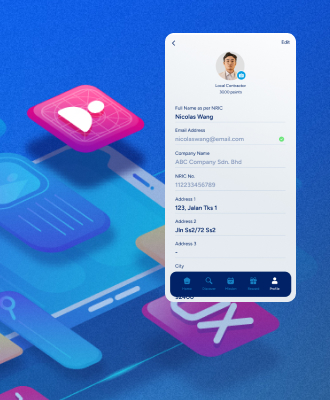

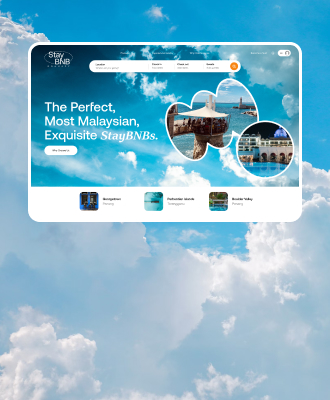
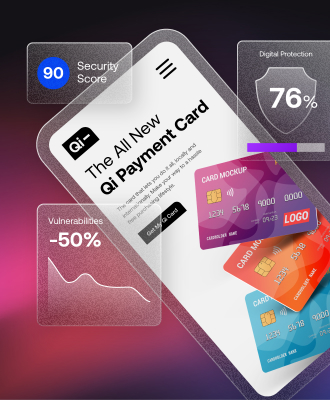
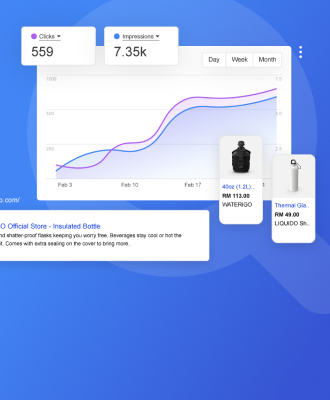


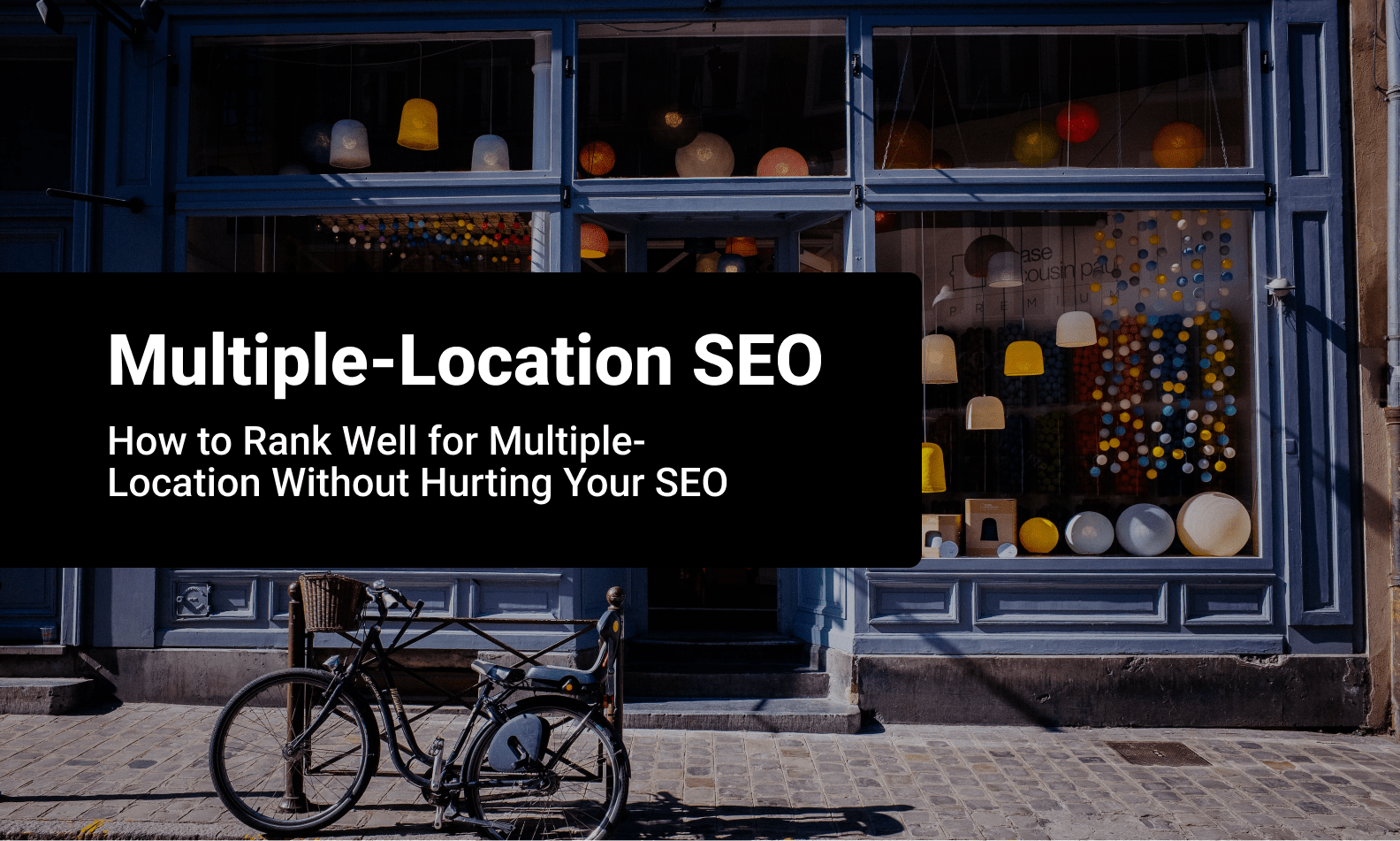
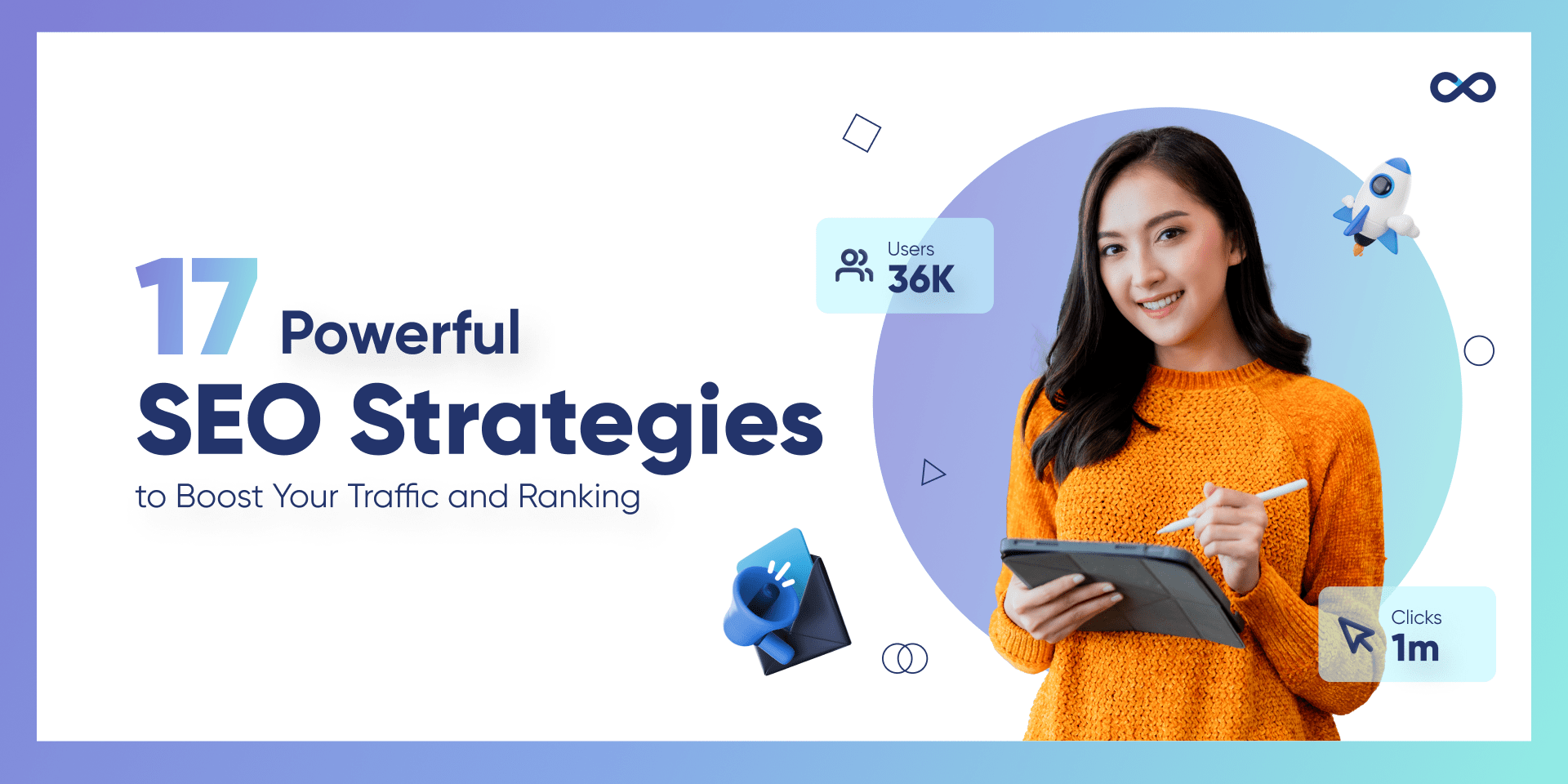

Leave A Comment